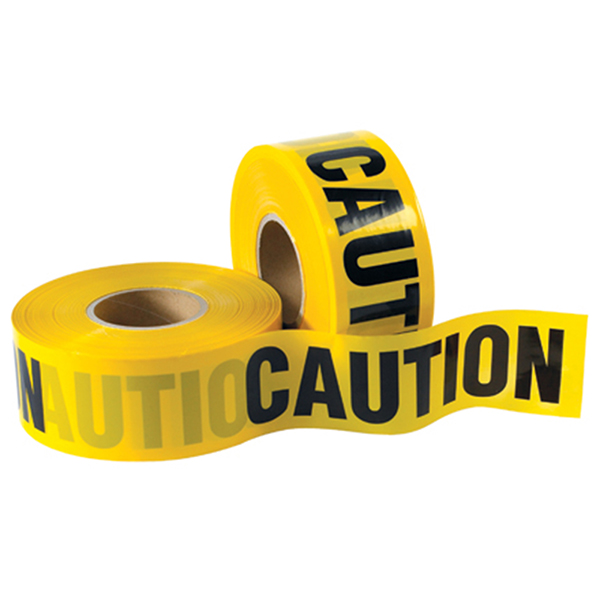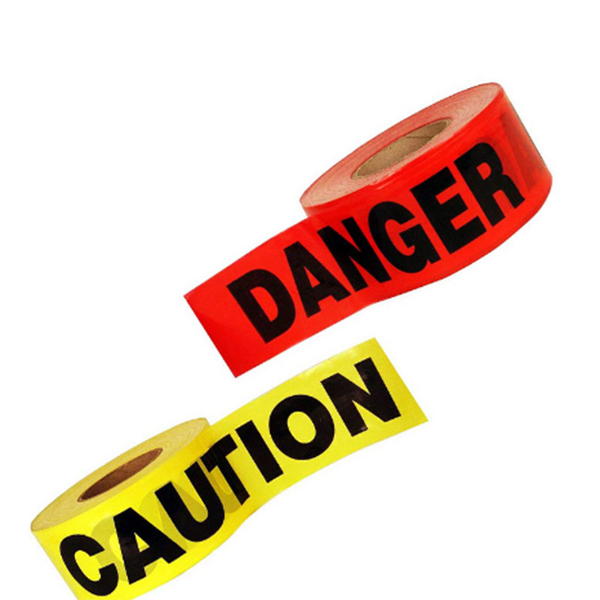Caution tape is a familiar sight in various environments, from construction sites to crime scenes. Its bright colors and bold lettering serve a crucial purpose: to alert individuals to potential hazards and restrict access to dangerous areas. But what exactly is caution tape, and how does it differ from warning tape? Let’s delve into these questions to better understand the significance of this essential safety tool.
What is Caution Tape?
Caution tape, often characterized by its vibrant yellow color and black lettering, is a type of barrier tape used to indicate that an area is potentially hazardous. It is typically made from durable plastic or vinyl, making it weather-resistant and suitable for both indoor and outdoor use. The primary function of caution tape is to warn people of dangers such as construction work, electrical hazards, or areas that are temporarily unsafe due to spills or other issues.
Caution tape is not just a visual deterrent; it also serves a legal purpose. By marking off dangerous areas, property owners and contractors can demonstrate that they have taken reasonable steps to warn individuals of potential risks. This can be crucial in liability cases, as it shows that the responsible party has made an effort to prevent accidents.
The Difference Between Warning Tape and Caution Tape
While the terms “caution tape” and “warning tape” are often used interchangeably, there are distinct differences between the two. Understanding these differences can help ensure that the appropriate tape is used in the right context.


Color and Design:
Caution Tape: Typically yellow with black lettering, caution tape is designed to alert individuals to potential hazards that require attention but may not pose an immediate threat. The color scheme is universally recognized, making it effective in conveying its message.
Warning Tape: Warning tape, on the other hand, can come in various colors, including red, orange, or even blue, depending on the specific hazard it is meant to indicate. For example, red tape often signifies a more serious danger, such as a fire hazard or a biohazard area.
Level of Danger:
Caution Tape: This tape is used in situations where there is a risk of injury or damage, but the danger is not imminent. For instance, it might be used to mark off a construction zone where workers are present but where the public can still be kept at a safe distance.
Warning Tape: Warning tape is typically used in more severe situations where immediate action is required. It may indicate areas that are unsafe to enter or where there is a high risk of injury, such as a site with exposed electrical wires or hazardous materials.
Usage Context:
Caution Tape: Commonly found in construction sites, maintenance areas, and public events, caution tape is often used to guide people away from potential hazards without creating a complete barrier.
Warning Tape: This tape is more likely to be used in emergency situations or in areas where strict access control is necessary, such as crime scenes or hazardous waste sites.
Post time: Oct-24-2024




